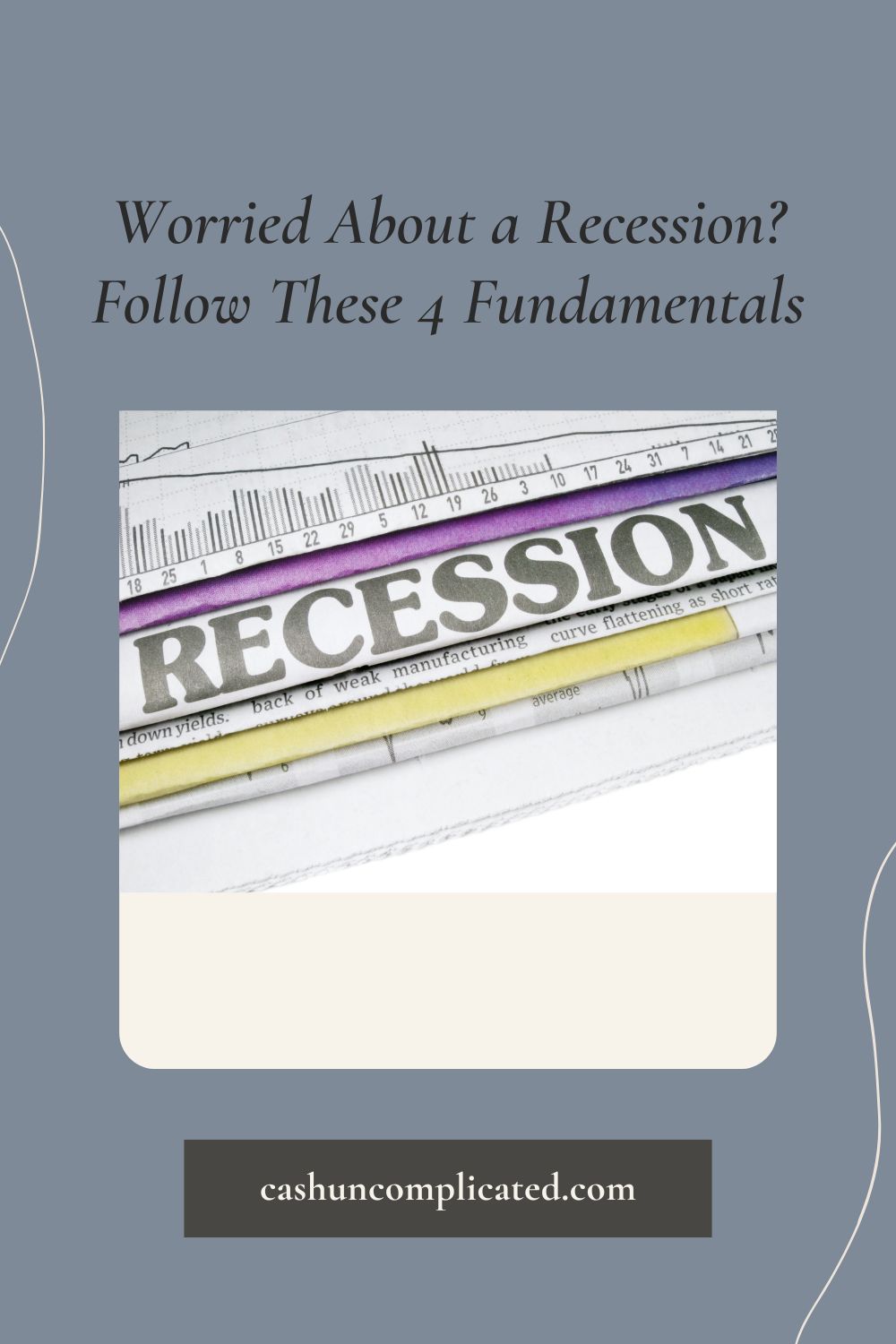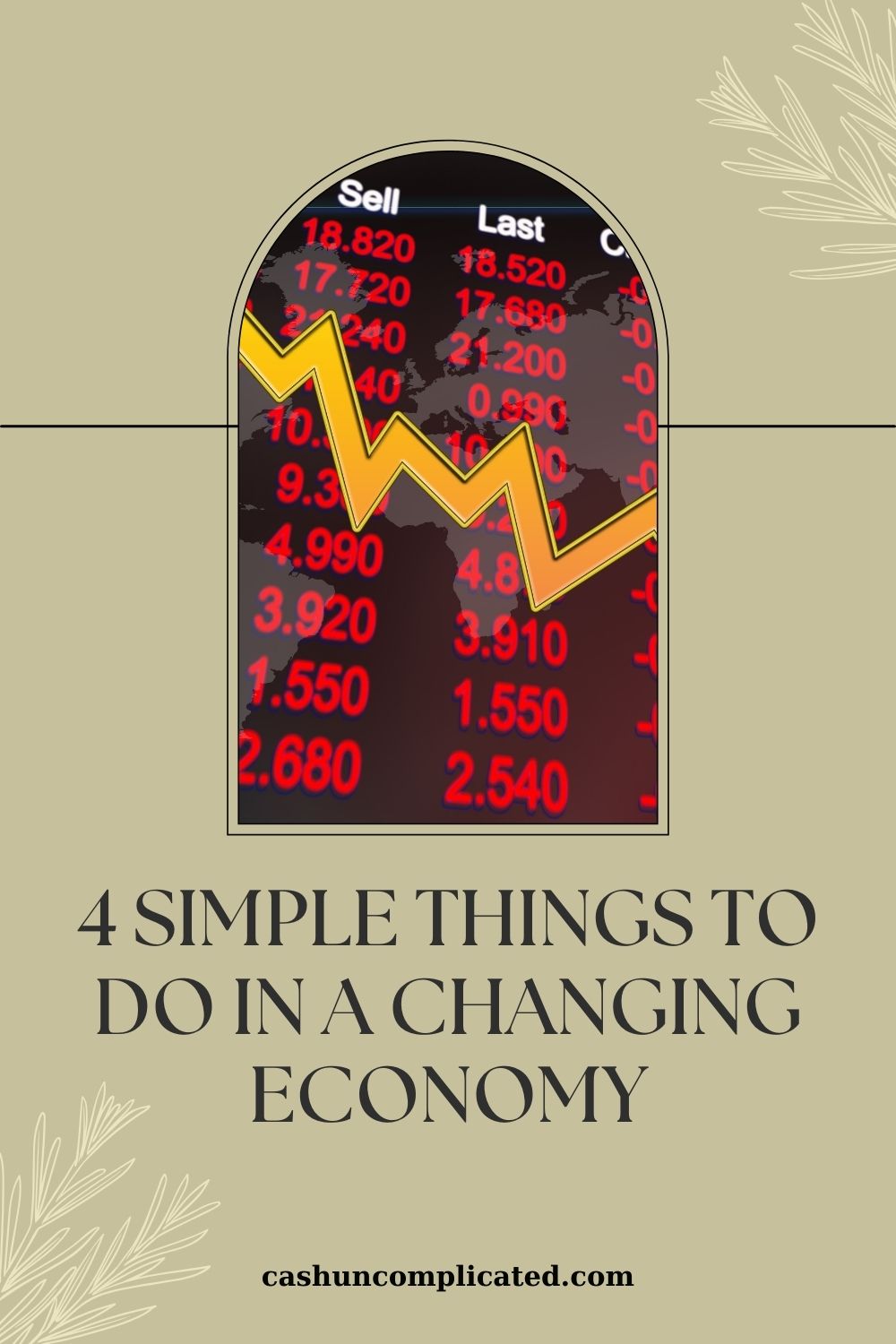There’s a money evolution going on inside of you whether you know it or not. We are always learning and changing. Some people make productive and healthy changes while others make not so great changes. Very few of us stay the same.
The Evolution Inside Us
Although this post is focused on our money evolution, we are all evolving in different areas of life. Health, fitness, money, social emotional, etc. In all these areas we are changing in some way.
Even if you don’t want to change, life will change things for you. I’ll tell you what I mean by that by using a fitness example of someone with an unhealthy lifestyle. Even if that person doesn’t want to change his fitness level, life will change it for him because he is naturally going to get unhealthier if he keeps up the same patterns.
A 25 year-old eating chips all night on his couch is going to look very different than a 50 year-old doing the same behavior. The 50 year-old will naturally gain more weight because he’s been doing the unhealthy behavior for a longer amount of time. And behaviors compound.
The Money Evolution
In this decade by decade breakdown, I’ll look at the money evolution from teens to fifties. With that said, there’s no one-size-fits-all approach, but we can write in generalities.
Teens
This is a time to learn about money. Most teens will start the decade in the allowance stage and evolve to getting a part time job or doing some type of work. Most of the money goes to having some cash to go out with friends, buy a car, pay for gas, etc.
I wouldn’t expect most teens to begin investing, although that would be a great idea and put anyone doing that into a whole other level.
Many teens also work part of full time as they enter college. Some pay for all or part of their college as well. I think the most important things in this decade are to start learning about money, get the practice in, and start to form good money habits like staying out of consumer debt and saving an emergency fund.
It would be really nice to start investing, but that’s not realistic for most in this decade.
Twenties
Early twenties are for finishing up school if applicable, and figuring out the next steps. Nobody is going to have it figured out at this age but it’s helpful to start the process. Lots of people in their early twenties will have a bunch of different jobs and try out various types of work. Many will also pursue an advanced degree.
Ideally, by the last part of your twenties, you’ll have a career or business that aligns with your strengths and what you want to do. And ideally the money will start to come in more so than your early twenties. The average person in their twenties isn’t going to be making the best money of their life but they will start to do well.
The twenties is one of the most optimal times to invest that there is. The earlier someone can start in their twenties or late teens, the better. This is where you hear the old personal finance gurus give the data about how the person starting at 20 has to invest thousands less every month than someone starting later in life. As cliché as it is, the reason it’s written about so often is that it’s true.
My biggest piece of advice to someone in their twenties is to invest as much as they can by paying themselves first. Leaving room for experiences that can only be had at that age. For example, someone with the opportunity to go out with their friends on a Friday night shouldn’t pass that up just to save a hundred bucks.
Those opportunities won’t be around later in life so you have to take advantage of that moment in time or it will be forever gone.
With that said, that same person doesn’t need to be going out every night of the week. Maybe skip that Wednesday night out that doesn’t seem that fun. In other words, time for some serious and time for some fun.
Thirties
This is the decade for most people when they really start to see the fruits of their labor. This is a good decade for job promotions, careers going to new levels, and businesses starting to thrive. With all of these professional accomplishments, it’s also a great decade to invest more than ever before.
Just like for those in their twenties, the thirties are a great time to pay yourself first and invest a solid percentage of your income, ideally at least 20 percent or more. Higher if you can while not negatively impacting the other areas of your life.
The thirties is frequently referred to as the “messy middle” as this is the time where careers are taking off, many people get married, buy a house, have kids, etc.
There’s a lot going on in the thirties, but it’s also a great opportunity to build wealth and invest large amounts of money. This will get compounding going very quickly and help achieve financial freedom much faster.
Forties
The forties are a continuation of the “messy middle.” Life is in full swing with things like work, kids, youth sports, aging parents, pets, etc. It’s a great time and a fantastic opportunity to continue compounding your way to financial freedom.
This is also the decade where many people reach their first million, usually in the later part. The reason for this is the years of compounding have gained steam and are producing good returns.
As an example, let’s use someone who started out at age forty with a $500,000 net worth. If they were getting a 10 percent return on their money from forty to a little over forty-seven, they would have doubled their money under the Rule of 72.
That’s without investing another dime, which is unlikely since many in their forties are investing more than they ever have in their lives.
Fifties
The fifties have traditionally been a time when the kids are out of the house doing their own thing. However, as people are having kids later and later, there’s a good chance they’ll still be in the house. Often middle or high school age.
The average person can expect to still be working the majority of this decade, but financial freedom is right around the corner. Often in the later part of the decade. Especially for someone who has been investing for a long time, as they have had the opportunity to watch their money double multiple times.
Even though financial freedom has been reached, or is almost there, the majority of people in their fifties are doing some sort of work. Ideally on their own terms, rather than the daily grind like in previous decades.
Conclusion
Every decade is filled with great experiences, wins, losses, and learning experiences. It’s up to you to take advantage of what each timeframe has to offer and have the wisdom to identify what those are.
In his book Die With Zero, Bill Perkins writes about experiences having a shelf life. He uses the example of wakeboarding.
He was healthy enough to wakeboard in his first decades of life but he realizes that eventually he will no longer be healthy or fit enough to wakeboard. So his solution is to do it now while he still can.
Much of life is like this and we have to take advantage of what each decade has to offer. It’s important to grow wealth and accumulate cash reserves but it’s also critically important to accumulate experiences while you can.
What has been your best decade and why?







